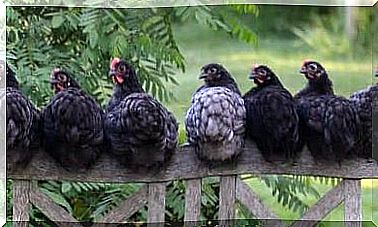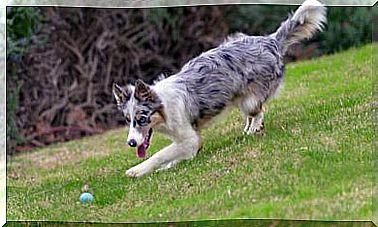Dog Ears: Movements, Meanings And Importance
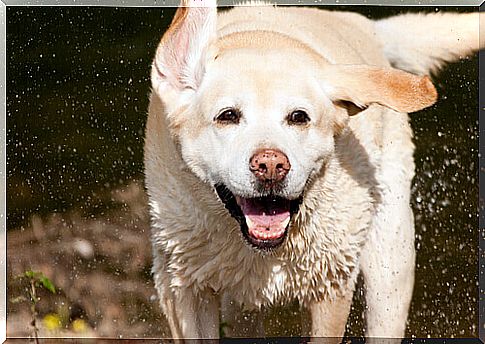
Some proud owners say their dogs “just need to talk”. But like humans, these animals use different tools to communicate, whether with people, with other dogs and even with other animals. They use their bodies, their olfactory glands generating pheromones, and their voice to implement an elaborate communication system. In this opportunity, we will tell you some data that you should keep in mind so that you can correctly interpret what the different positions and movements of the dogs’ ears mean.
Just watch carefully to start decoding these signals, whose main protagonist is the tail. However, your facial gestures and ear movements are not far behind in importance.
Starting to understand what he wants to convey will generate a better relationship between you and your pet.
Note that to decipher what your dog wants to express, you have to interpret different gestures that occur in unison.
What do dogs’ ears communicate to us?
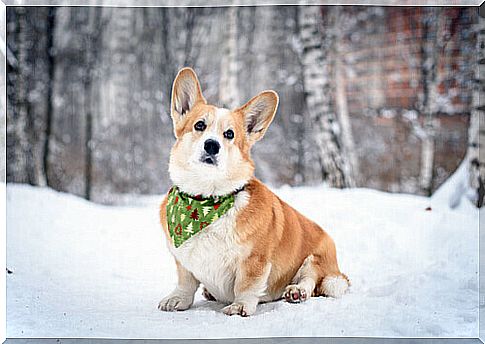
Although not all dogs have the same type of atrial morphology and, in some breeds, their movements may be more difficult to understand, the language they use is universal.
Dogs’ ears can take on different positions that provide different information about their state of mind.
If they’re straight and leaning slightly forward, your pet is probably paying attention to what’s in front of him or studying a new situation.
If he is very interested in the subject, his head will be tilted to one side, and he can tilt it to both sides alternately.
When the anterior position is accompanied by a fully raised tail, puffed chest, closed and erect muzzle, and head thrust forward, it can be a sign of dominance.
– The dogs’ ears, leaning forward, clearly show a position of defiance to what they are facing and that they are ready to attack.
If there are wrinkles, even more on the nose, showing teeth, looking nervous and he advances his body forward, he will not hesitate to attack.
Tension, or fear, is manifested physically when the dog’s ears are pulled back and the tail between the legs, head down, and eyes are held ajar.
If he also shows his teeth, it means he’s ready to defend himself if he senses that the threatening situation could become a fact.
– Peaceful submission is expressed by the ears close to the head and tilted back. He crouches down, not showing his teeth or wrinkling his nose, his eyes remain downcast.
If he flicks his ears forward first and then flips them back or shrinks them, it means he’s calm, he doesn’t want trouble, he’s just watching.
By keeping his ears glued to his head while barking, he may be looking for attention. What are you waiting for to give him this?
– Ears pointing backwards without being shrunken demonstrates unhappiness, anxiety or uncertainty.
If the ears are relaxed, combined with the tail upright and moving, the mouth open and the eyes even wider than usual, it undoubtedly demonstrates friendly gestures. We are facing a dog in its ideal state.
no mutilation
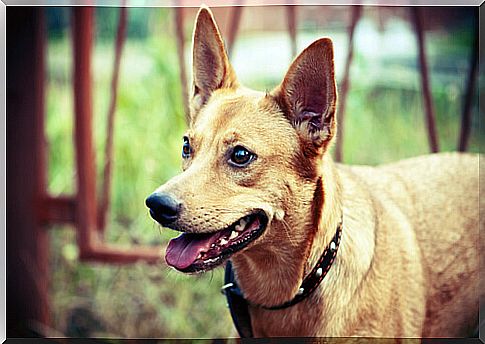
As we ‘ve repeatedly stated, your dog’s tail and ears are two fundamental tools you can use to communicate successfully with your peers and with other members of the animal kingdom, and with humans.
Therefore, cutting the ears and tail, for aesthetic or fashion reasons, is also cruel and absolutely inadvisable. You will be directly interfering with or blocking the messages your dog wants to convey.
Furthermore, any surgery involves risks. If the above operation is unnecessary, why subject the animal to it?
If the dog can’t express himself verbally in the same way as we can, that doesn’t mean he can’t communicate clearly.
As he tries to interpret us, we must do the same for him. And the movements of his ears are of fundamental importance for him to convey his messages to us.
Therefore, the old expression that says “happy as a dog with two tails”, you should also add “and with four ears”.
If the proud dog owners mentioned at the beginning read this article, would they continue to say that their pets “just need to talk”?

